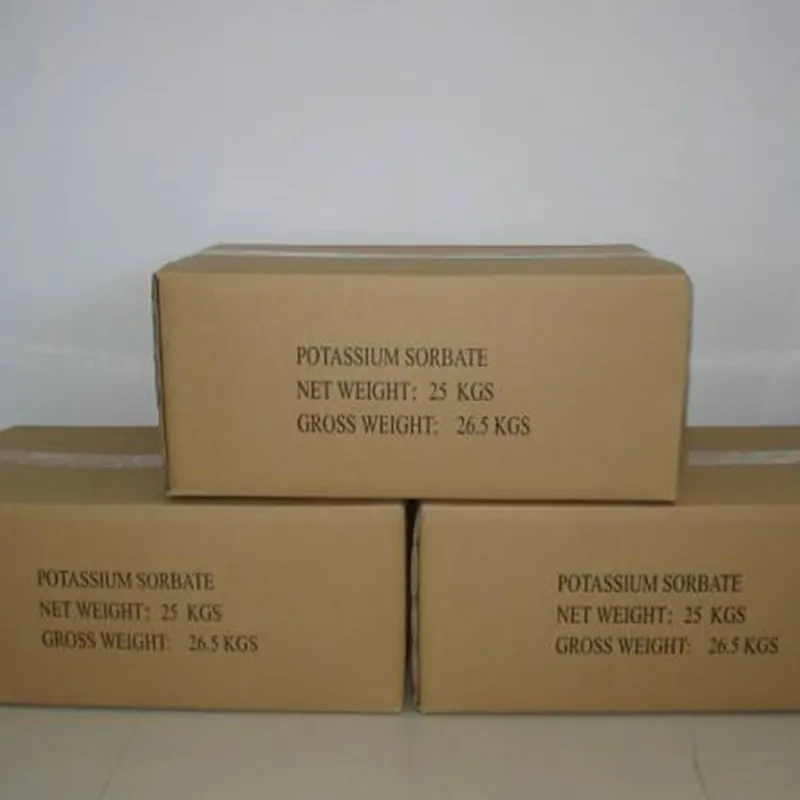
e471 food additive
Understanding E471 The Food Additive
E471 is a food additive that has garnered attention in the food industry and among consumers. Commonly known as mono- and diglycerides of fatty acids, E471 is primarily used as an emulsifier. Its role is crucial in various food products, as it helps in blending ingredients that usually do not mix well, such as oil and water. This makes E471 an essential component for maintaining the desired texture and consistency in many processed foods.
The Chemistry Behind E471
E471 is produced through the glycerolysis of fatty acids, usually derived from vegetable oils or animal fats. The process results in the formation of mono- and diglycerides, which are the building blocks necessary for emulsification. The functionality of E471 lies in its hydrophilic (water-attracting) and hydrophobic (water-repelling) characteristics. This bimodal structure allows it to stabilize emulsions, prevent separation, and extend the shelf life of products.
Applications in Food Products
E471 is widely used across various sectors of the food industry. It can be found in baked goods, margarine, processed cheese, ice creams, and confectionery. For example, in bakery products, E471 enhances dough stability, improves texture, and prevents staling. In ice cream, it contributes to a smoother mouthfeel and helps in achieving a consistent texture by preventing ice crystal formation. Moreover, it aids in the dispersal of ingredients, ensuring that flavorings and colorings are evenly distributed throughout the product.
Safety and Regulatory Status
e471 food additive

As a food additive, E471 is generally recognized as safe by major health authorities around the world, including the Food and Drug Administration (FDA) and the European Food Safety Authority (EFSA). However, the source of the fatty acids can raise concerns for certain consumers. Since E471 can be derived from either plant or animal sources, those who adhere to strict dietary restrictions—such as vegetarians, vegans, and individuals observing halal or kosher diets—should be cautious. It is important for consumers to check product labels if they have specific dietary concerns.
Consumer Awareness and Labeling
In recent years, consumer awareness regarding food additives has increased significantly. Many people are becoming more knowledgeable about what they eat and are scrutinizing the ingredients in food products. While E471 is approved for use in food, its presence on labels may prompt questions about the nature of the source.
Food manufacturers are increasingly transparent about their ingredients, often specifying whether E471 is plant- or animal-derived. This transparency helps consumers make informed choices according to their dietary preferences.
Conclusion
In conclusion, E471 plays a vital role in the food industry as a versatile emulsifier. Its ability to stabilize mixtures, enhance texture, and prolong shelf life makes it a valuable additive in many food products. While it is deemed safe by health authorities, consumers should remain informed about its sources, especially when adhering to specific dietary restrictions. Being knowledgeable about food additives like E471 empowers consumers to make choices that align with their lifestyles and values. As the food industry evolves, the demand for clarity and transparency in labeling will likely shape the future of food additives like E471.
-
Sodium Dichloroisocyanurate Safety Handling ProtocolsNewsJul.29,2025
-
Mining Chemicals for Copper Extraction Processes GuideNewsJul.29,2025
-
Fertilizer for Sale Shipping and Storage TipsNewsJul.29,2025
-
Dimethyl Disulfide as Sulfurizing AgentNewsJul.29,2025
-
Benzotriazole Safety Data Handling and Storage GuidelinesNewsJul.29,2025
-
Ammonium Bicarbonate Safety Handling Storage GuidelinesNewsJul.29,2025
-
The Transformative Role Of Trichloroisocyanuric Acid in Water TreatmentNewsJul.23,2025
Hebei Tenger Chemical Technology Co., Ltd. focuses on the chemical industry and is committed to the export service of chemical raw materials.
-

view more DiethanolisopropanolamineIn the ever-growing field of chemical solutions, diethanolisopropanolamine (DEIPA) stands out as a versatile and important compound. Due to its unique chemical structure and properties, DEIPA is of interest to various industries including construction, personal care, and agriculture. -

view more TriisopropanolamineTriisopropanolamine (TIPA) alkanol amine substance, is a kind of alcohol amine compound with amino and alcohol hydroxyl, and because of its molecules contains both amino and hydroxyl. -

view more Tetramethyl Thiuram DisulfideTetramethyl thiuram disulfide, also known as TMTD, is a white to light-yellow powder with a distinct sulfur-like odor. It is soluble in organic solvents such as benzene, acetone, and ethyl acetate, making it highly versatile for use in different formulations. TMTD is known for its excellent vulcanization acceleration properties, which makes it a key ingredient in the production of rubber products. Additionally, it acts as an effective fungicide and bactericide, making it valuable in agricultural applications. Its high purity and stability ensure consistent performance, making it a preferred choice for manufacturers across various industries.











